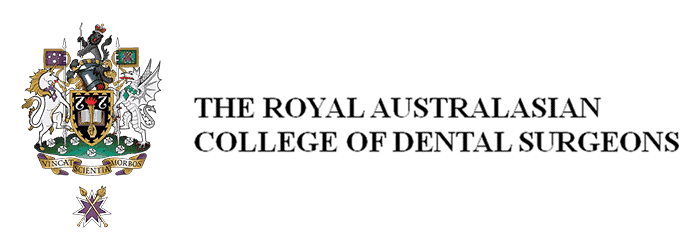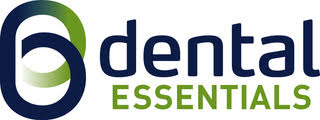Videos speak more than 1,000 words
As the old saying goes, a picture can speak 1000 words, and the same is true for video footage. Dash cam use in both personal and commercial vehicles is increasing in popularity in Australia, but why is that? Well, for one, a dash cam is your own personal witness in the event of an incident occurring.
Motor vehicle insurance claims can be a nightmare to determine fault when there are no witnesses, and even when there are witnesses, the process can still be quite messy to resolve — facts are forgotten, information is not always clear, and sometimes, even entire stories can change. Dash cams on the other hand are like a reliable friend – they are always available and they do not forget important information. Dash cams can literally change the outcome of an insurance claim.
Picture the following; this is an actual incident that recently occurred to one of our clients. Our client was waiting to turn right in the middle of a traffic light intersection. The lights turned orange and then eventually red. When the lights turned red our client proceeded to complete their right hand turn to move out of the intersection. A car going straight, sped through the intersection through the red light, and hit our client’s vehicle. The third party disputed our client’s version of events and maintained that the light was green when they proceeded through the intersection. Due to the lack of an independent witness or video footage the insurer’s had to remove the disputed traffic lights from the scenario and assess the loss based on road rules. This meant our client was considered at fault for the entire cost of the claim as they had been deemed to fail to give way. Our client’s vehicle was in the end written-off and the final claim amount was into the thousands. On top of having to pay a non-refundable excess, the claim will more than likely have an impact on their insurance premiums in the future.
Now consider the alternate scenario if our client had a dash cam.
Clearly the third party would have been responsible for the claim due to having driven through a red traffic light. Our client’s insurer would have been able to recover the costs from the third party insurer meaning there would not have had any effect on our client’s insurance premium in the future. Additionally the client’s excess would be refunded or not charged at all as it could be easily shown they were not at fault.
Either way it’s a terrible inconvenience, but in the outcome above, it was made worse due to the financial impact, by no fault of our client.
Dash cams are not only useful for accidents when you’re driving, but they could also help those particular frustrating car park incidents where no contact or insurance details are left. Dash cams have also been used in road rage incidents, capturing whole ugly incidents. Dash cams, and the likes of go pros, have been used by many to protect themselves against dangers from others, and to act on their behalf as a witness.
Like any electronic item, dash cams can come in all different shapes and sizes (or functions and prices). Choice lists the things to check for in a dash cam as follows:
- Built-in display screen
- GPS
- Internal battery
- Continuous loop
- Automatic recording
- Impact detection
- Removable memory card
- Night vision
- Computer software
- Mobile app
- Resolution
Further details of each of these features can be found in the following Choice article.
Having a personal witness that has accurate facts about an incident is obviously very valuable. We know that dash cams can provide irrefutable video evidence about an incident. The options for this protective measure are many. Head down to your local audio visual store and check out the options available near you. It’s a simple price for some peace of mind.











